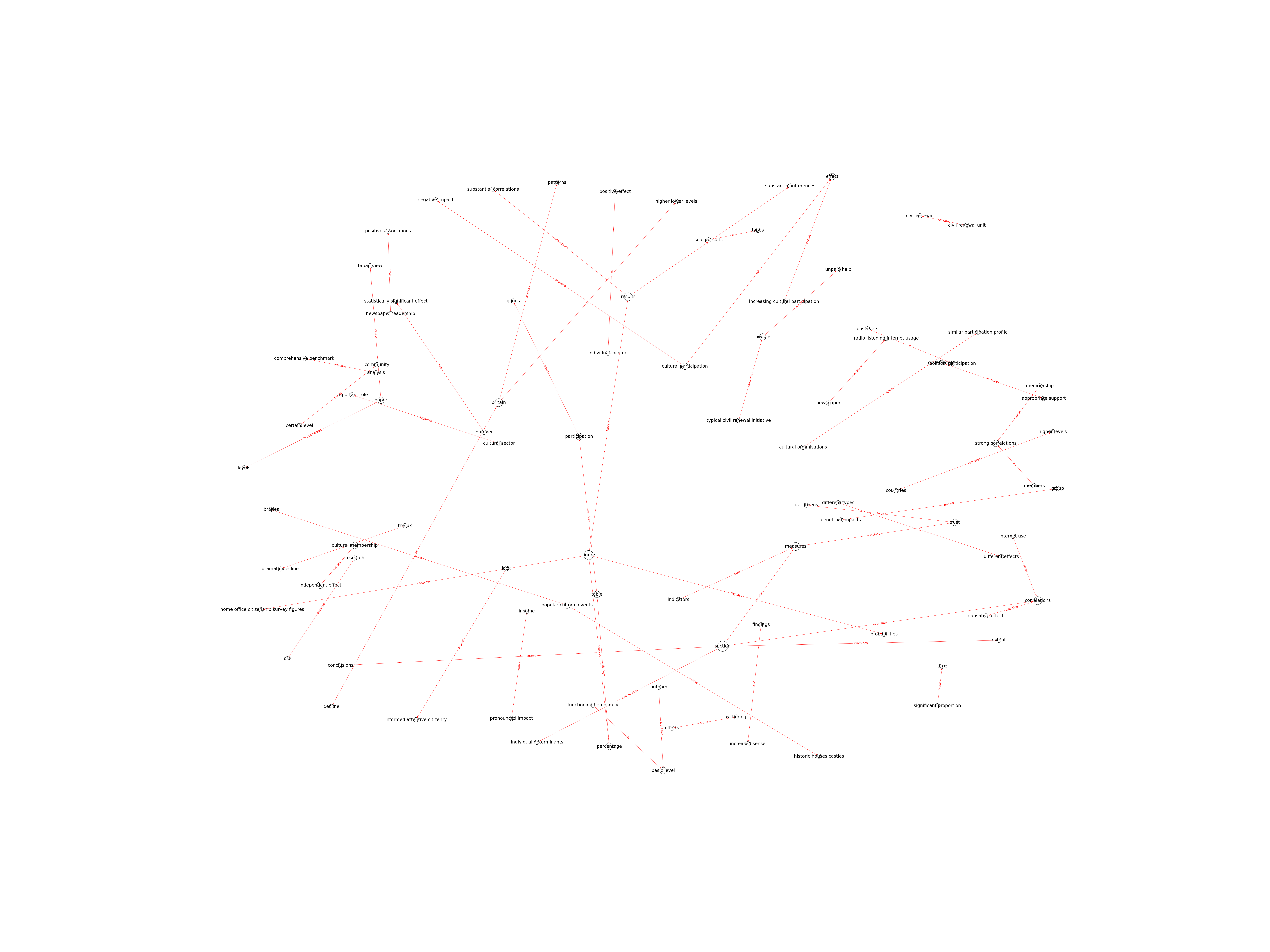| Id | 121 | |
| Author | Delanaey, L., ; Keaney, E., | |
| Title | Cultural Participation, Social Capital and Civil Renewal in the United Kingdom: Statistical Evidence from National and International Survey Data. | |
| Reference | Delanaey, L.; Keaney, E. (2006). Cultural Participation, Social Capital and Civil Renewal in the United Kingdom: Statistical Evidence from National and International Survey Data. London: Institute for Public Policy Research. |
|
| Keywords | Civil renewal; Cultural participation; Social capital |
|
| Link to article | https://www.ippr.org/files/uploadedFiles/research/projects/Democracy/cultural%20participation%20social%20capital%20etc.pdf?noredirect=1 |
|
| Abstract | Although much recent policy discussion on civil renewal and social capital has touched on the relationship between these and cultural participation, this has not been explored in depth. This paper begins to redress this through some initial mapping based on analysis of raw data from existing studies and discussion of the results. We first provide measures of both the extent of cultural participation and the level of social capital in Britain, using individual survey information from a variety of different data sources. Secondly, we compare the level of social capital and cultural participation in Britain with the rest of the EU. Thirdly, we statistically examine linkages between different types of cultural participation and individual measures of social capital. Lastly, we examine the statistical association between levels of cultural participation and of social capital both for individuals and nationally. While making causal inferences from this type of analysis is not recommended, the results provide valuable benchmarking information and will be useful as a background to future research. The results demonstrate substantial correlations between measures of social capital and measures of cultural participation, both at the national level and, within Britain, at the individual level. Further research should examine the use of more detailed statistical methods and programme evaluation techniques to ascertain whether the correlations we observe reflect a causative effect of cultural participation on social capital. |
|
| Metodology | The first aim of this paper is to quantify social capital in the UK and to compare the UK with the rest of Europe. Secondly, we quantify the extent of cultural participation in Britain and compare these levels with those in other European countries. Such a benchmarking exercise is important to ascertain whether Britain has higher or lower levels of cultural participation and social capital than other countries and to isolate specific areas where it is markedly lower. Thirdly we examine socio-demographic patterns both of individual measures of social capital in the UK, and also of individual measures of cultural participation. This analysis provides a comprehensive benchmark of levels of both social capital and of cultural participation. The final aim of this report is to examine the existing statistical data to ascertain whether there are patterns that would support or negate a link between different types of cultural participation and other measures of social capital. We use two methods to establish this; firstly we examine whether cultural participation and social capital are linked at the level of the individual, secondly we examine whether there are national correlations between measures of cultural participation and measures of social capital. It must be said at the outset that utilising survey data to ascertain a causative relationship between cultural participation and other types of social capital in one direction or the other is beyond the limits of the existing data. |
Technique | Benchmarking |

Note: Due to lack of computing power, results have been previously created and saved in database


